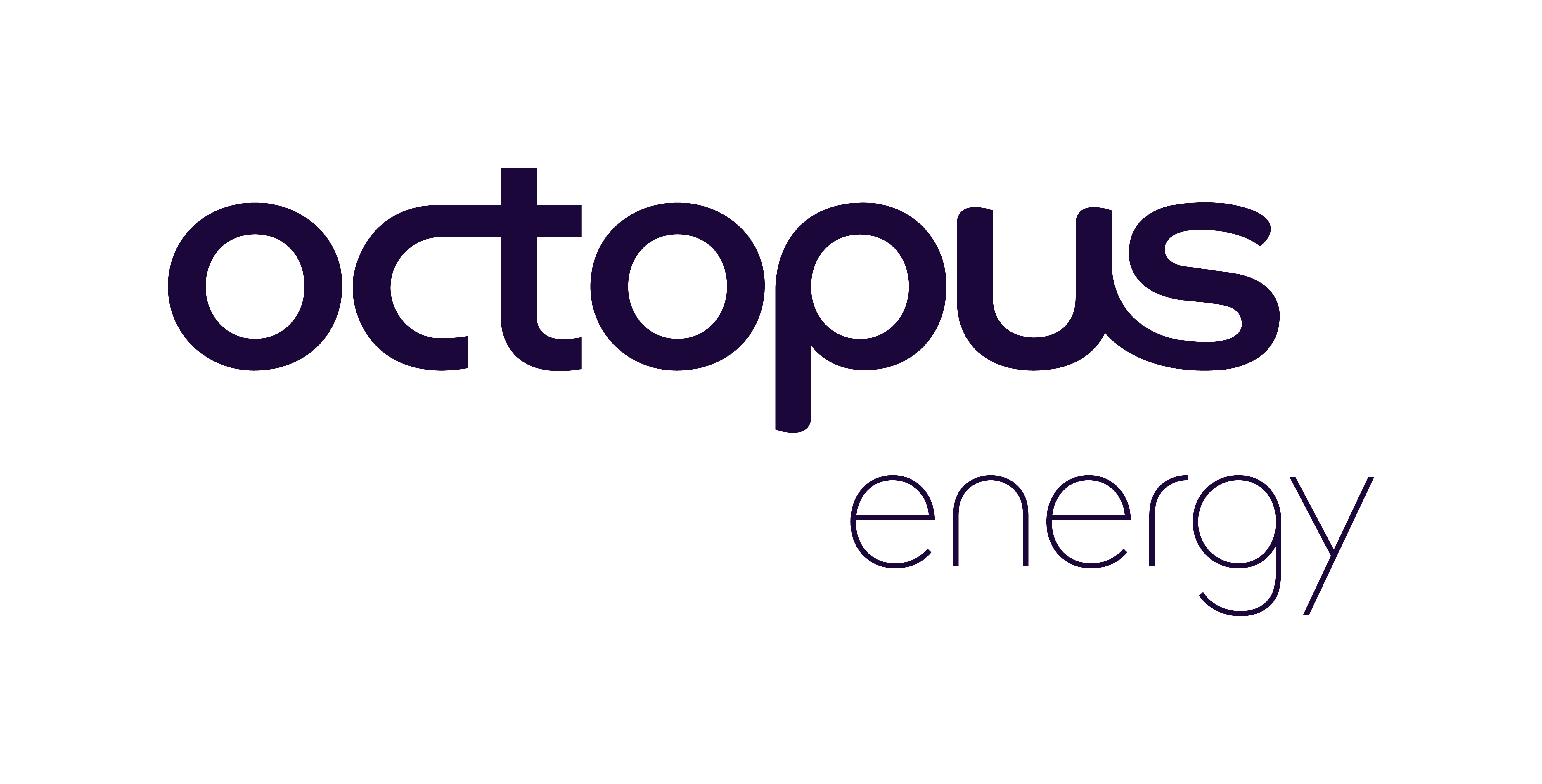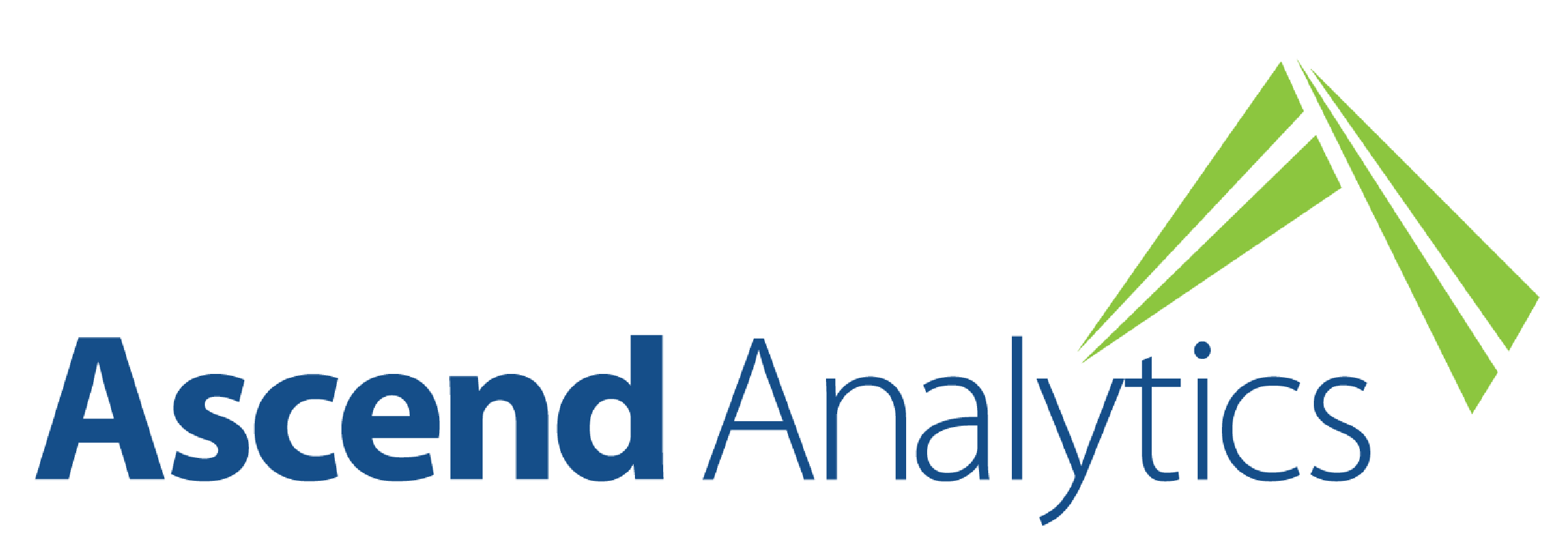Renewable Energy Jobs tagged "Quantitative Analysis"
-
On-site Full Time A day ago
-
ExpiredBlantyre, Scotland, United KingdomFlexible Full Time 43 days agoGBP 44k yearly
-
ExpiredMelbourne, AustraliaFlexible Full Time More than 3 months ago
-
ExpiredPortland, Oregon, United States + 3 locationsFlexible Full Time More than 3 months agoUSD 81k–104k yearly
-
ExpiredLondon, United Kingdom + 2 locationsFlexible Full Time 60 days ago
-
ExpiredOslo, NorwayOn-site Internship More than 3 months ago
-
ExpiredLondon, United Kingdom + 2 locationsRemote Full Time More than 3 months ago
-
ExpiredOslo, Norway + 2 locationsHybrid Full Time More than 3 months ago
-
ExpiredOslo, Norway + 2 locationsHybrid Full Time More than 3 months ago
-
ExpiredLondon, United KingdomFlexible Full Time More than 3 months ago
-
ExpiredBerkeley, California, United StatesHybrid Full Time More than 3 months agoUSD 148k yearly
-
ExpiredBoulder, Colorado, United StatesFlexible Full Time More than 3 months agoUSD 75k–100k yearly
-
ExpiredBoulder, Colorado, United StatesFlexible Full Time More than 3 months agoUSD 95k–130k yearly
-
ExpiredLondon, United KingdomFlexible Full Time More than 3 months ago
-
ExpiredBerlin, GermanyOn-site Full Time More than 3 months ago
Quantitative Analysis in Renewable Energy
Quantitative analysis in the renewable energy sector involves the application of mathematical and statistical techniques to evaluate and optimize energy projects. This discipline is crucial for assessing the viability, performance, and financial aspects of renewable energy initiatives, including solar energy, wind energy, and bioenergy.
Typical Responsibilities
Professionals in quantitative analysis are responsible for developing models to predict energy production, analyzing market trends, and assessing financial risks. They often work on feasibility studies to determine the potential success of projects and provide data-driven insights to support decision-making processes.
Required Skills and Qualifications
Candidates typically need a strong background in mathematics, statistics, or engineering. Proficiency in data analysis software such as MATLAB, R, or Python is often required. Additionally, familiarity with energy market dynamics and financial modeling is advantageous. A degree in a related field, such as economics or engineering, is commonly sought after.
Impact on Renewable Energy Projects
Quantitative analysis supports the growth and efficiency of renewable energy projects by enabling accurate forecasting and risk assessment. This ensures that projects are both economically viable and sustainable, contributing to the overall success of the renewable energy sector.
Industry Trends and Market Demand
The demand for quantitative analysts in renewable energy is increasing as the industry becomes more data-driven. With the rise of smart energy systems and advanced analytics, professionals in this field are essential for optimizing energy production and consumption.
Career Opportunities and Pathways
Career opportunities range from entry-level analyst positions to senior roles such as data scientists or energy economists. There is potential for upward mobility into project management or strategic planning roles within the renewable energy sector.
Examples of Real-World Applications
Companies like Aurora Solar and EnergyHub employ quantitative analysis to enhance solar project designs and optimize energy management systems, respectively. These applications demonstrate the critical role of quantitative analysis in advancing renewable energy technologies.
Challenges and Future Directions
Challenges include the need for continuous skill development to keep pace with evolving technologies and data sources. Future opportunities lie in integrating machine learning and artificial intelligence to further enhance predictive capabilities and decision-making processes in renewable energy projects.
Get Job Alerts
Get alerts for Quantitative Analysis jobs
Featured Jobs
Renewable Energy Blog Posts
-

Renewable Energy Forecast for 2030
By 2030, renewables are poised to supply nearly half of global electricity, with solar and wind leading this explosive expansion. In this data-driven piece, we explore job creation forecasts, supply chain bottlenecks, and policy hurdles. -

Fastest Growing Renewable Energy Sector: Data and Trends
In 2023, solar photovoltaics surged by 32.59%, officially making it the fastest-growing renewable energy source worldwide. Yet offshore wind, which soared by 57.87% in 2021, remains a formidable competitor in total electricity output due to its high capacity factor. This concise overview highlights how policy incentives, cost reductions, and manufacturing advances are propelling solar to the forefront of the global energy transition. -

Career Opportunities in Solar Energy
The solar energy sector is experiencing unprecedented growth, with over 7.1 million jobs in solar PV alone as of 2023. For professionals considering a career shift into renewable energy, solar offers pathways across R&D, manufacturing, project development, and operations.
















